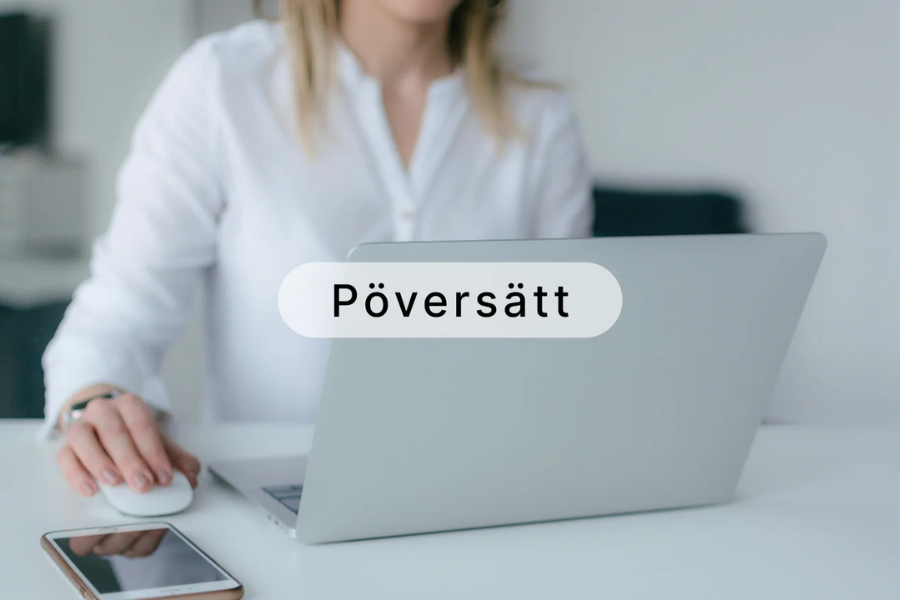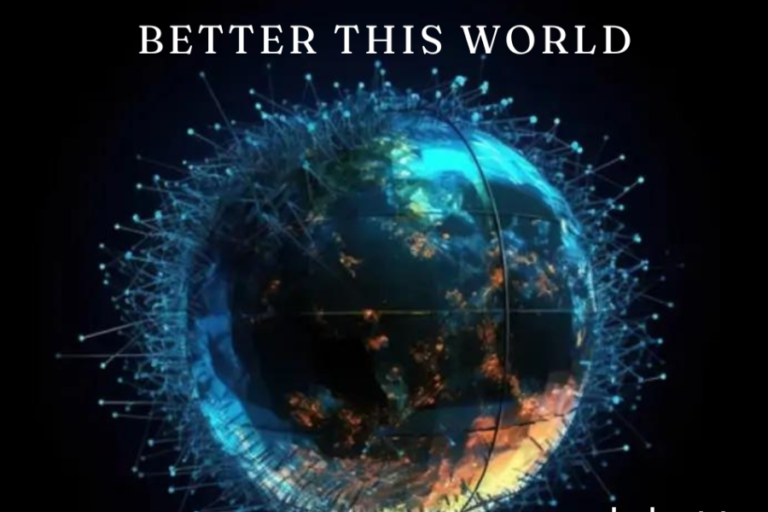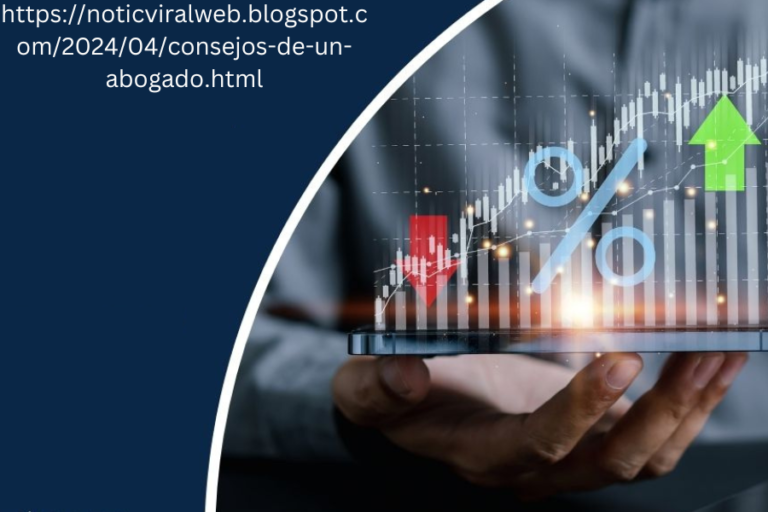Unlocking the Potential of Pöversätt: A Comprehensive Guide
Introduction to Pöversätt
In an increasingly interconnected world, effective communication across languages is more crucial than ever. Pöversätt, an innovative approach to translation, bridges language barriers by integrating various methods and technologies. This guide delves into the essence of Pöversätt, exploring its significance, methods, challenges, and the role of technology in enhancing translation capabilities. Whether you’re a business professional, traveler, or global citizen, understanding Pöversätt can profoundly impact your interactions across cultures.
What is Pöversätt?
Pöversätt refers to the art and science of translation, encompassing the conversion of text or speech from one language to another. It plays a critical role in bridging linguistic gaps, ensuring that ideas, messages, and emotions can be conveyed accurately across different languages. This process is vital for fostering global communication and collaboration, making it an essential tool in various sectors, including business, diplomacy, travel, and international relations.
Pöversätt combines human expertise with advanced technological tools to provide comprehensive translation solutions. It involves understanding linguistic nuances, cultural contexts, and the technical aspects of translation to ensure that messages are conveyed effectively and appropriately in the target language.
Understanding the Importance of Pöversätt in a Globalized World
As globalization continues to expand, the need for effective translation solutions has surged. Pöversätt plays a pivotal role in this context by enabling clear communication across different cultures. For businesses, it facilitates access to new markets and enhances customer engagement by providing content in multiple languages. For individuals, it opens doors to new experiences, whether through travel, international relationships, or global collaboration.
Effective translation goes beyond merely converting words; it involves capturing the essence of the message and ensuring that it resonates with the target audience. This is especially important in a globalized world where cultural understanding and inclusivity are paramount.
Methods and Approaches in Pöversätt
Pöversätt encompasses various methods and approaches, each suited to different needs and contexts. Understanding these methods can help you choose the most appropriate approach for your translation requirements.
Human Translation
Human translation is the traditional approach, relying on skilled linguists who are adept at understanding nuances, cultural contexts, and emotional undertones. This method ensures high-quality translations that capture the tone, style, and intent of the original message. Human translators can navigate complex phrases, idiomatic expressions, and cultural references that machine translation systems might misinterpret.
The expertise of human translators adds depth and authenticity to translations, making it an invaluable resource for nuanced texts, literary works, and sensitive communications. Their ability to adapt translations to fit cultural contexts ensures that the message resonates with the target audience.
Machine Translation
Machine translation has revolutionized the field by providing fast and efficient solutions for translating large volumes of text. Utilizing algorithms and databases, machine translation systems can quickly convert text from one language to another. This method is particularly useful for tasks requiring speed and scalability, such as translating websites, user manuals, and routine communications.
While machine translation offers significant advantages in terms of speed and cost-effectiveness, it can struggle with context, idioms, and cultural subtleties. However, ongoing advancements in technology continue to improve the accuracy and reliability of these systems, making them increasingly valuable for various applications.
Hybrid Translation
Hybrid translation combines the strengths of both human and machine approaches. This method leverages the efficiency of machine translation while incorporating the expertise of human translators to ensure accuracy and cultural relevance. By integrating AI tools with human insight, hybrid translation addresses specific project needs effectively, providing high-quality results that are both timely and precise.
Hybrid translation is particularly useful for projects that require both speed and accuracy, such as large-scale localization efforts or complex technical documents. This approach ensures that translations are not only fast but also contextually and culturally appropriate.
Advances in Machine Translation
Recent advancements in machine translation have dramatically improved the accuracy and fluency of automated translations. Neural networks, particularly deep learning models, have enabled systems to grasp context and nuances more effectively. These technologies analyze vast amounts of data to understand language patterns, resulting in translations that better reflect idiomatic expressions and cultural subtleties.
The evolution of machine translation continues to reshape how we interact with global audiences. Businesses can now engage more effectively with international clients, while travelers and individuals benefit from more accurate and contextually relevant translations in real-time.
Challenges and Opportunities in Pöversätt
Despite its advancements, Pöversätt faces several challenges that can impact the quality and effectiveness of translations. Understanding these challenges is crucial for improving translation outcomes and leveraging the opportunities that arise.
Linguistic Challenges
Language is inherently complex, with numerous nuances that can pose challenges for translators. Dialects, idioms, and regional phrases often require careful consideration to ensure accurate translation. Additionally, wordplay, humor, and cultural references can be particularly challenging to translate effectively.
To overcome these linguistic hurdles, translators must possess a deep understanding of both the source and target languages. This knowledge helps maintain the integrity of the original message while adapting it to fit the linguistic and cultural context of the target audience.
Cultural Challenges
Cultural differences can significantly impact translation accuracy. Language is closely tied to cultural norms, values, and societal references, which can vary widely between different cultures. Translators must navigate these cultural nuances to avoid misunderstandings or misinterpretations.
Cultural challenges include adapting messages to fit different communication styles and ensuring that translations are respectful of cultural sensitivities. Understanding these differences is essential for bridging gaps between languages and fostering effective communication.
Technical Challenges
Technical challenges in Pöversätt can hinder the translation process. Issues such as inconsistent software, varying file formats, and limitations in processing capabilities can create obstacles for translators. Additionally, keeping up with the rapid evolution of technology requires ongoing adaptation and training.
To address these technical challenges, it is important to stay updated with the latest tools and technologies in the field. Effective management and integration of translation tools can help streamline workflows and improve overall efficiency.
The Role of Technology in Pöversätt
Technology has transformed the field of Pöversätt, enhancing translation capabilities and making the process more efficient. Several technological advancements have played a significant role in revolutionizing how translations are conducted.
Translation Memory Systems
Translation Memory Systems (TMS) are valuable tools in the Pöversätt landscape. They store previously translated segments, allowing translators to reuse consistent phrases and terminology across projects. This improves efficiency and ensures uniformity in translations.
By creating a database of translations, TMS enables faster turnaround times for new content. This is especially beneficial for large-scale projects or ongoing translation efforts, where consistency and accuracy are crucial.
Computer-Assisted Translation Tools
Computer-assisted translation tools have revolutionized the way translators work. These software programs provide features such as glossaries, translation memories, and automated suggestions that enhance accuracy and streamline workflows.
Integrating computer-assisted tools into translation processes helps maintain consistency and quality across projects. These tools save time and improve the overall efficiency of translation efforts, making them essential for modern translation practices.
AI and Machine Learning in Translation
Artificial Intelligence (AI) and machine learning have significantly impacted translation technology. These technologies enable systems to learn from vast amounts of data, improving their accuracy and fluency over time.
AI and machine learning analyze context, idiomatic expressions, and linguistic patterns, resulting in translations that feel more natural and relevant. The ongoing evolution of these technologies promises even greater advancements in how we approach global communication.
Real-Time Translation
Real-time translation is transforming communication by allowing users to engage seamlessly across languages. Various tools and apps now support real-time translation, facilitating smoother interactions in both personal and professional settings.
This technology has applications in business, travel, and everyday conversations, enabling users to connect with global audiences effortlessly. As technology continues to advance, real-time translation will become increasingly integrated into our daily interactions.
Crowdsourced Translation
Crowdsourced translation leverages the collective expertise of individuals from diverse backgrounds to translate content. This approach promotes community engagement and provides access to native speakers’ insights, resulting in more nuanced translations.
Platforms like CrowdIn and Transifex enable collaboration among contributors from different linguistic and cultural backgrounds. While crowdsourced translation offers numerous benefits, maintaining quality control and consistency remains a key challenge.
Conclusion
The world of Pöversätt is vast and ever-evolving, offering immense potential for enhancing global communication and understanding. By embracing a combination of human expertise and technological advancements, Pöversätt can address the diverse needs of today’s interconnected world.
Understanding the various methods and approaches in translation, along with the challenges and opportunities, is crucial for unlocking the full potential of Pöversätt. As technology continues to advance, the integration of innovative tools with human insight will redefine how we approach translation, bridging linguistic divides and fostering greater global collaboration.
Exploring Pöversätt means unlocking new possibilities in communication, creativity, and cultural exchange. By harnessing the power of translation, we can build bridges across languages and connect with diverse perspectives in our ever-expanding global landscape.
FAQs
What is Pöversätt?
Pöversätt refers to the art and science of translation, bridging language gaps in our increasingly interconnected world. It encompasses various methods to convert text or speech from one language into another. This process is crucial for effective communication across cultures. By ensuring that ideas, messages, and emotions transcend linguistic barriers, Pöversätt enhances global understanding and collaboration. Whether through human expertise or technology-driven solutions, it plays a vital role in today’s diverse landscape.
How does Pöversätt differ from traditional translation methods?
Pöversätt integrates both human expertise and advanced technological tools to provide a more comprehensive translation solution. Traditional translation often relies solely on human translators, while Pöversätt combines human skills with machine translation and hybrid approaches to ensure accuracy, speed, and cultural relevance.
What are the main challenges in Pöversätt?
The main challenges in Pöversätt include linguistic nuances, cultural differences, and technical limitations. Translators must navigate idiomatic expressions, regional dialects, and cultural contexts to provide accurate translations. Additionally, technical challenges such as inconsistent software and evolving technologies can impact the translation process.
How does technology impact Pöversätt?
Technology significantly enhances Pöversätt by improving efficiency and accuracy. Translation memory systems, computer-assisted translation tools, AI, and real-time translation are some of the technological advancements that streamline workflows and enhance translation quality. These tools help manage large volumes of content, maintain consistency, and facilitate real-time communication across languages.
What is hybrid translation?
Hybrid translation combines the strengths of both human and machine translation methods. It leverages the efficiency of machine translation while incorporating human expertise to ensure accuracy and cultural relevance. This approach addresses specific project needs effectively, providing high-quality results that balance speed and precision.






